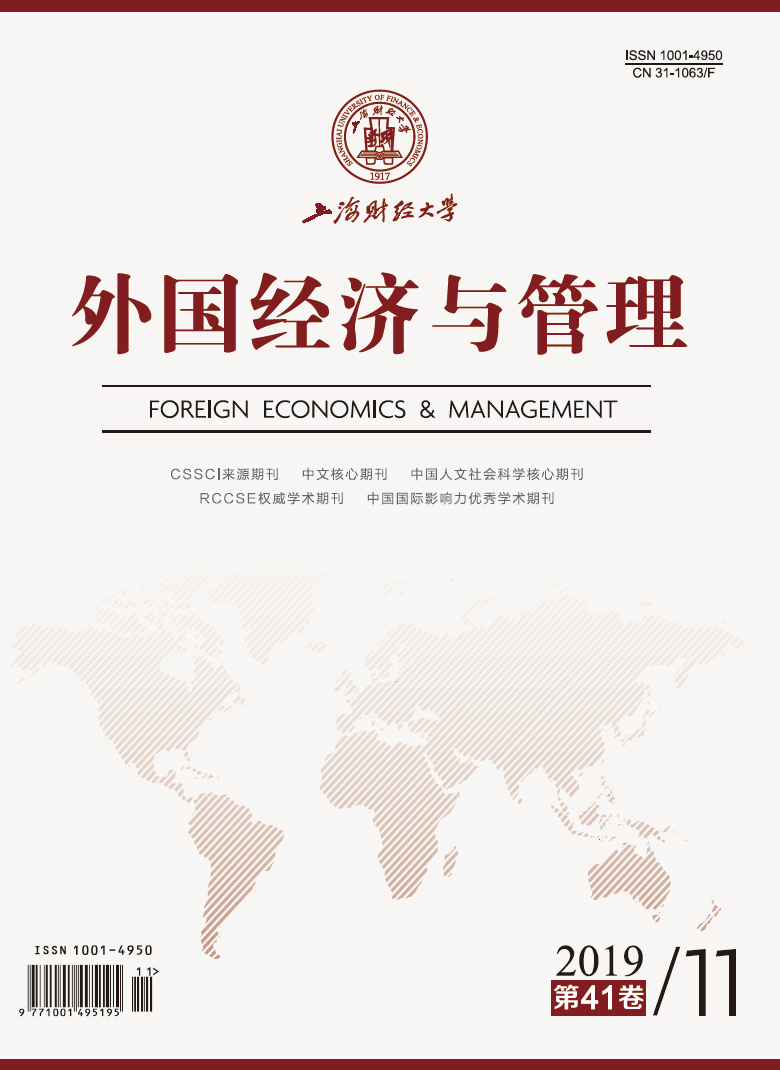As an important part of the corporate strategy that defines the scope of the firm, entry and exit decisions are of critical importance to firm viability. While the entry decisions are often associated with projected opportunities and expected gains, the exit decisions are often associated with threats or business failures. As such, not surprisingly, in the strategic management literature, plenty of studies examine the entry decisions while the exit decisions attract less attention.
Moreover, extant research tends to treat business exit as primarily failures or responses to failures, despite of the increasing attention to the fact that a firm could use business exit as a proactive strategic choice to reconfigure its resources and capabilities as well as to seize and exploit new market opportunities. Building on such a proactive perspective, we present a more balanced view of business exit. Specifically, we advocate the use of the real option approach to the study of business exit and suggest new avenues for future research.
In the front end of this article, we introduce a rather broad account of the evolution of business exit research and systematically survey the extant literature in strategic management and the related fields that cover the topic of business exit. Firstly, we attend to the various definitions of business exit that range from divestment/divestiture, business closure, and sell-off to refocusing, redeployment, de-diversification, etc.
Secondly, we examine the context of business exit research, differentiating between product market and geographic market, domestic market and international market, and between exogenous and endogenous uncertainties faced by the focal firm. It is precisely for the reason of coping with uncertainty that calls for the application of the real option approach in business exit research.
Thirdly, we review the different theoretical perspectives used in business exit research ranging from Industrial Organization Economics and Game Theory, Resource Based View of the firm, Resource Dependence Theory, Transaction Cost Economics, Dynamic Capabilities Approach, etc. It covers micro and macro analyses, static and dynamic perspectives, and reactive and proactive approaches.
In the second half of this article, we focus more on the application of the real option approach to the study of business exit. We first briefly review the rising of the real option approach and its increasing application in strategic management research. Then we zoom in on the specific areas of research where the real options could enhance our understanding of how firms approach business exit decisions.
Based on the level and nature of uncertainties the focal firm faces and the types of options available (single business exit/portfolio of business exits; call option vs. put option), we develop a typological framework to categorize the different strategic choices of business exit a firm could choose under the real option perspective.
Finally, we further conclude on the applicability as well as limitations of the real option approach, and discuss its potential to joint with other theoretical perspectives. We also suggest future research directions for business exit research, including both conceptual/theoretical development and the empirical approach.





 , 1
, 1 4462
4462  5801
5801

